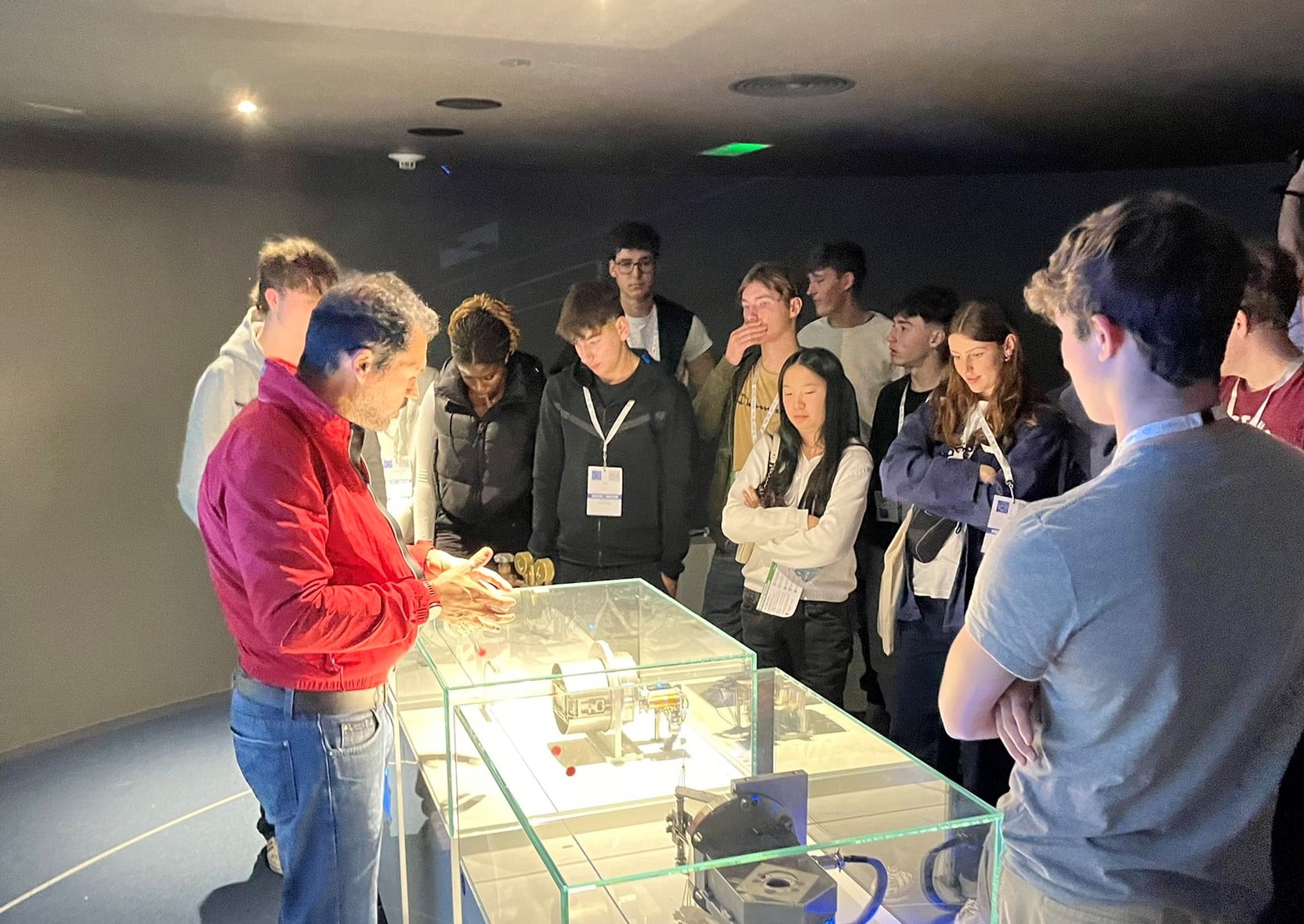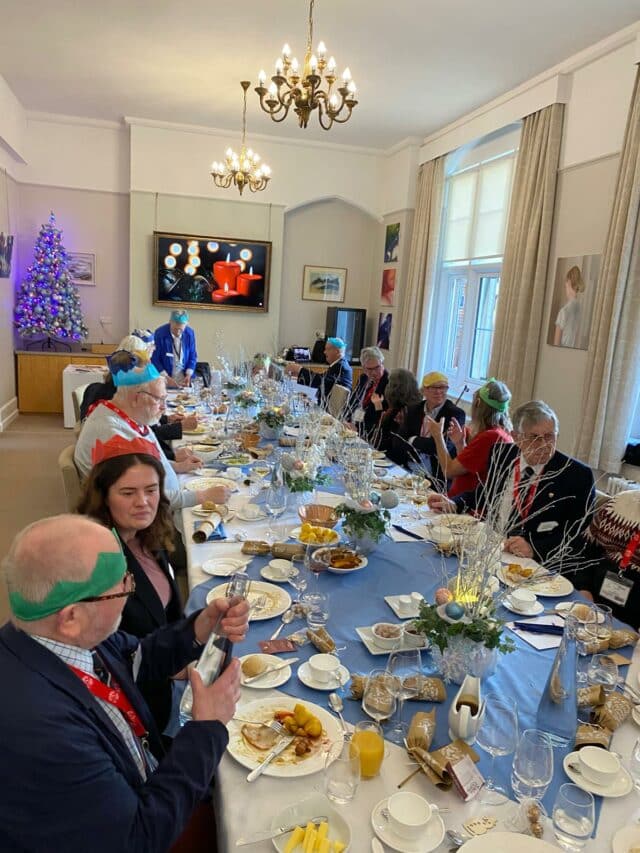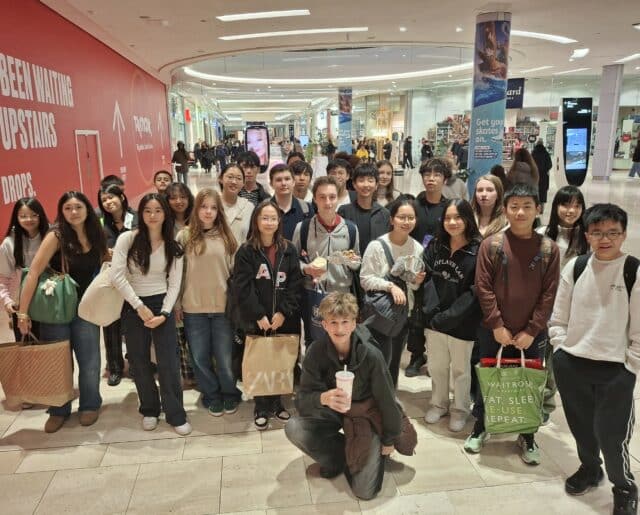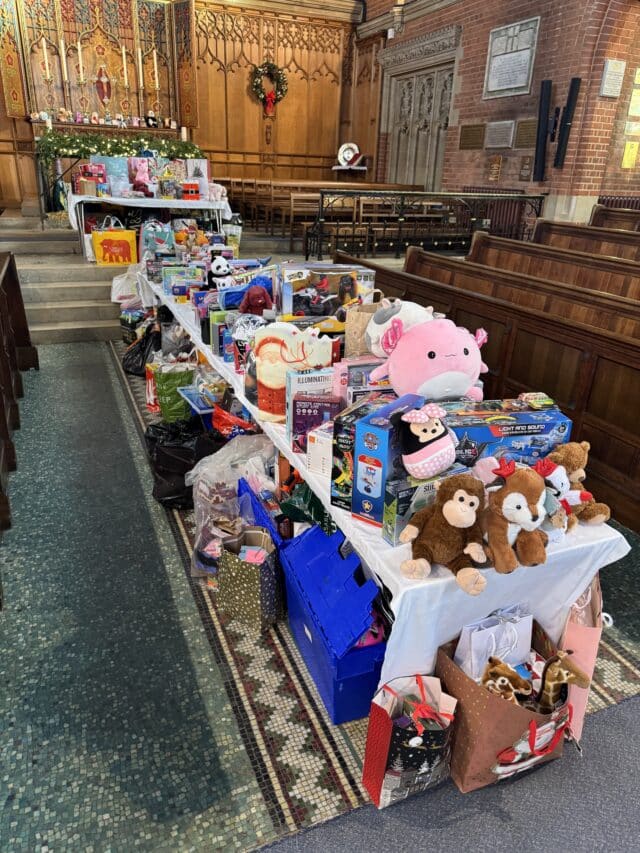On Sunday 30 October, a group of 42 Sixth Form Physics students and five teaching staff gathered at Heathrow to head off to Geneva, Switzerland, to explore The European Organisation for Nuclear Research (CERN). The main purpose of the visit was to enable the students to see first-hand the research that is carried out every day at CERN, allowing them to gain a better understanding of the world around us.
Using the world’s largest and most expensive experiment – the Large Hadron Collider – scientists collide particles together to try to recreate the conditions millionths of a second after the big bang. This helps them to investigate the conditions and possible Quark Gluon Plasma that existed.
Since the Large Hadron Collider (LHC) has been in operation, it has allowed scientists to confirm the fundamental particles, quarks and forces of the standard model and, in recent years, discover the Higgs Field and a range of other particles.
During the day at CERN, students were able to experience a range of activities. The day began with a visit to the Universe of Particles exhibitions that detail the work of the scientists at CERN and the development in our understanding of particle physics. Lunch followed at the CERN restaurant, where students rubbed shoulders with the world’s leading particle physicists and played the traditional game of ‘guess who has a Noble Prize’.
After lunch, the students were treated to a talk from one of CERN’s research PhD students on how the LHC works and the way research is carried out. This was followed by a tour of the ALICE detector site and exhibition. This facility helped the students understand the magnitude of the experiment and they were able to see a mock-up of the ALICE detector. Finally, we visited the CERN Control Centre to gain an understanding of how the LHC has been built and operates and what is being detected at any time. We also heard about their hopes for future discoveries, looking for dark energy and dark matter – two areas of physics that not much is known about.
Over the course of the three-day trip, the students had the chance to take in the wonderful sights and scenery of Geneva, visiting the Jet d’Eau, the Old Quarter and a boat tour of Lake Geneva. There were further opportunities to discover the science of bowling and who could eat a metre-long pizza on the first evening. Along with the traditional material science study of melted cheese, with fondue, in a traditional Swiss restaurant on the second night.
Dr Christopher Telfer-Mason, Teacher of Physics, said “It was great to be able to get the CERN trip running again after the pandemic. This trip gives the students the chance to see first-hand how scientists from over 100 different countries have come together to collaborate and build an understanding of our universe. They also can see how the concepts we teach in electrical and magnetic fields, mechanics and waves are used to try and gain an understanding of the fundamental forces and particles that exist.”
The trip was a wonderful three days and the students very much enjoyed their time in Geneva and represented the College exceptionally well.





